The NFL’s first down measurements take too long. So it’s trading humans for machines
NFL games are slow. They’re 11 minutes of actual action, spread across a 3 hour and 12 minute broadcast. You can blame that pace of the game on penalties, injuries, and, of course, commercials. But now, the NFL is teaming up with Sony to fix one of the game’s biggest time sinks: measurements. Beginning in the 2025 NFL season, all 30 teams will switch from human measurements to computer automation. Each stadium will be equipped with six, 8K Sony Hawk-Eye cameras that track the position of the ball on the field. It’s a significant upgrade to century-old technology. Chains have been used to measure the position of the football since they were first introduced in 1898, when rules mandated the ideal tool for measuring progress down the field was “two light poles about six feet in length and connected at the lower ends by a stout cord or chain exactly five yards long.” By 1906, the five-yard standard in football switched to its current ten-yard mandate, and the chain has gone relatively changed since. [Photo: Sony] Now, Sony cameras will replace the chain operators—what can frankly feel like an antiquated tool in the days of slow-motion replays and 3D recreations of the field. While the cameras are installed at stadiums locally, all of the footage will be sent to New York, where digital calls are coordinated by the NFL’s Art McNally GameDay Central Officiating Center. Whereas it took as long as 70 seconds for chains to measure the position of the ball, Sony’s cameras do the job in 30. When that 40 seconds of savings is multiplayed across the 153 average plays in a football game, that’s a wild 102 minutes in savings. The game length appears to be cut in half. [Photo: Sony] Of course, all sorts of other things happen during those lengthy chain measurements. Every NFL broadcast is a masterclass in managing these logistics, juggling elements of the game’s narrative (wait, what penalty just happened?) and commercial cutaways (billionaire owners don’t do this for charity). And so it’s unclear how much time these new automated measurements might actually save you on a Sunday afternoon this year. While we’ve reached out to the NFL to clarify this point, is it too soon to bring up another sore point of fandom? Because in the face of so much amazing automation technology, the MLB is facing its own reckoning with the home plate umpire. This evolution certainly makes sense: I can see those strikes and balls better from my couch than they can from behind the batter! But at the same time, professional sports imbued with automated visual processing will face a tricky balance. While automation may improve the flow and accuracy of calls on the field, robots offer little in terms of suspenseful drama.

NFL games are slow. They’re 11 minutes of actual action, spread across a 3 hour and 12 minute broadcast. You can blame that pace of the game on penalties, injuries, and, of course, commercials. But now, the NFL is teaming up with Sony to fix one of the game’s biggest time sinks: measurements.
Beginning in the 2025 NFL season, all 30 teams will switch from human measurements to computer automation. Each stadium will be equipped with six, 8K Sony Hawk-Eye cameras that track the position of the ball on the field. It’s a significant upgrade to century-old technology.
Chains have been used to measure the position of the football since they were first introduced in 1898, when rules mandated the ideal tool for measuring progress down the field was “two light poles about six feet in length and connected at the lower ends by a stout cord or chain exactly five yards long.” By 1906, the five-yard standard in football switched to its current ten-yard mandate, and the chain has gone relatively changed since.

Now, Sony cameras will replace the chain operators—what can frankly feel like an antiquated tool in the days of slow-motion replays and 3D recreations of the field. While the cameras are installed at stadiums locally, all of the footage will be sent to New York, where digital calls are coordinated by the NFL’s Art McNally GameDay Central Officiating Center.
Whereas it took as long as 70 seconds for chains to measure the position of the ball, Sony’s cameras do the job in 30. When that 40 seconds of savings is multiplayed across the 153 average plays in a football game, that’s a wild 102 minutes in savings. The game length appears to be cut in half.

Of course, all sorts of other things happen during those lengthy chain measurements. Every NFL broadcast is a masterclass in managing these logistics, juggling elements of the game’s narrative (wait, what penalty just happened?) and commercial cutaways (billionaire owners don’t do this for charity). And so it’s unclear how much time these new automated measurements might actually save you on a Sunday afternoon this year.
While we’ve reached out to the NFL to clarify this point, is it too soon to bring up another sore point of fandom? Because in the face of so much amazing automation technology, the MLB is facing its own reckoning with the home plate umpire. This evolution certainly makes sense: I can see those strikes and balls better from my couch than they can from behind the batter! But at the same time, professional sports imbued with automated visual processing will face a tricky balance. While automation may improve the flow and accuracy of calls on the field, robots offer little in terms of suspenseful drama.



























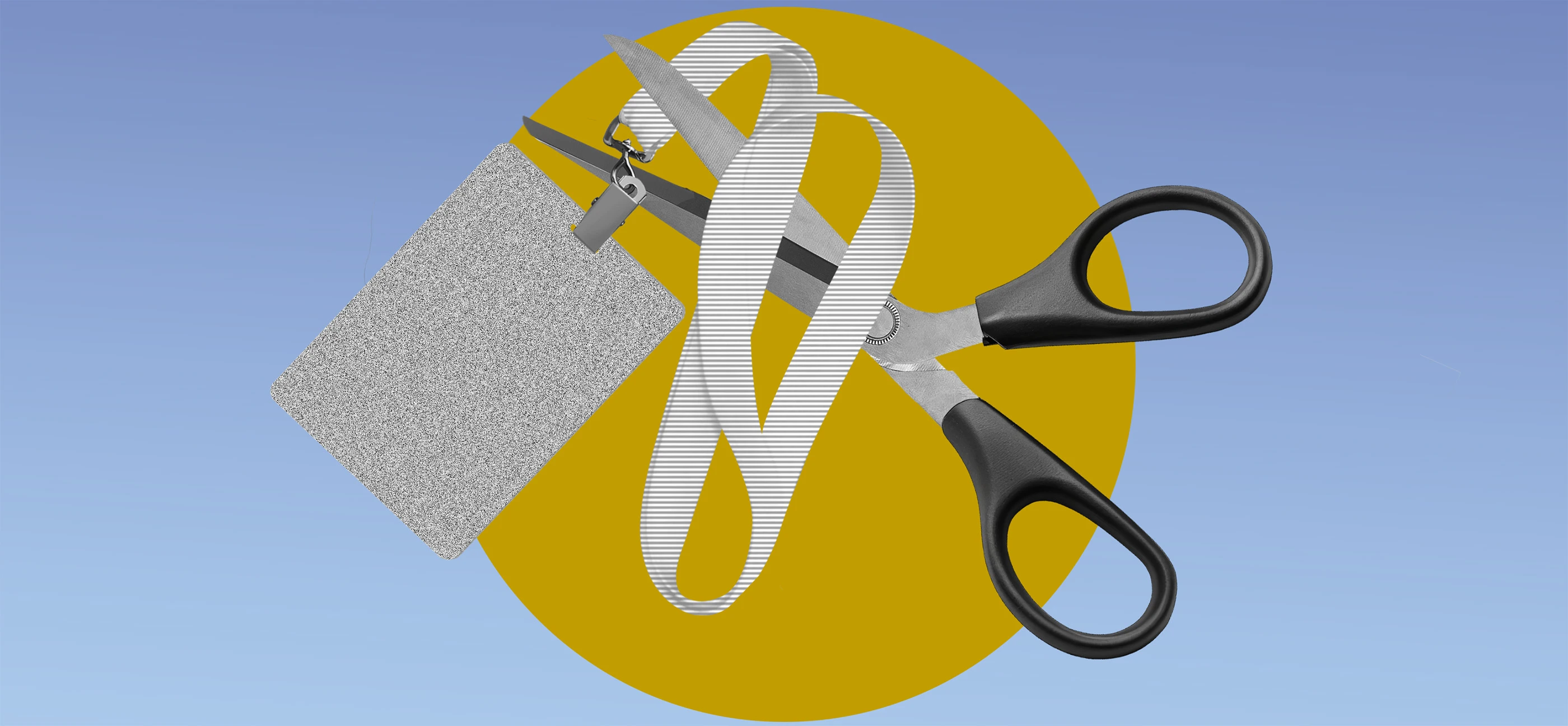










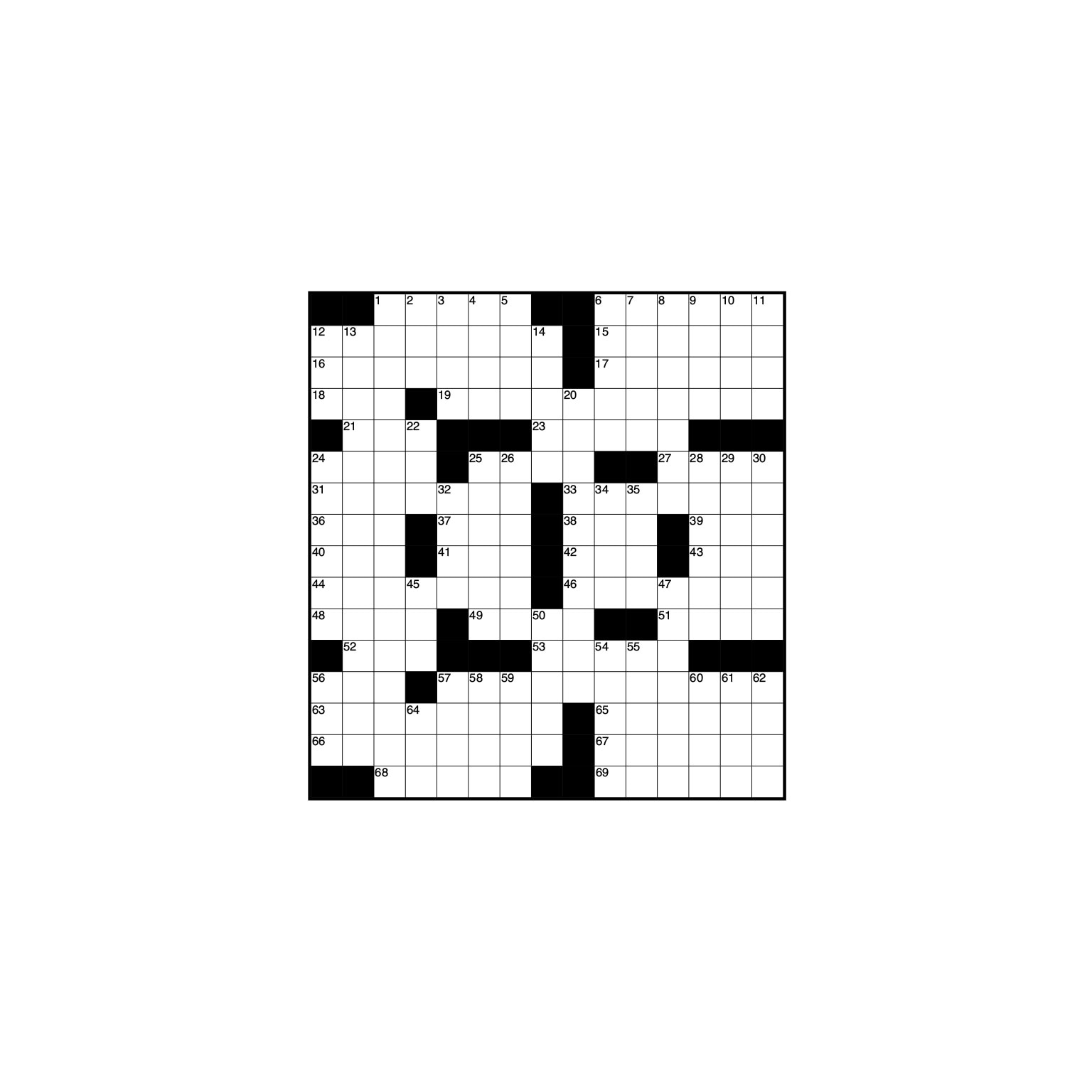
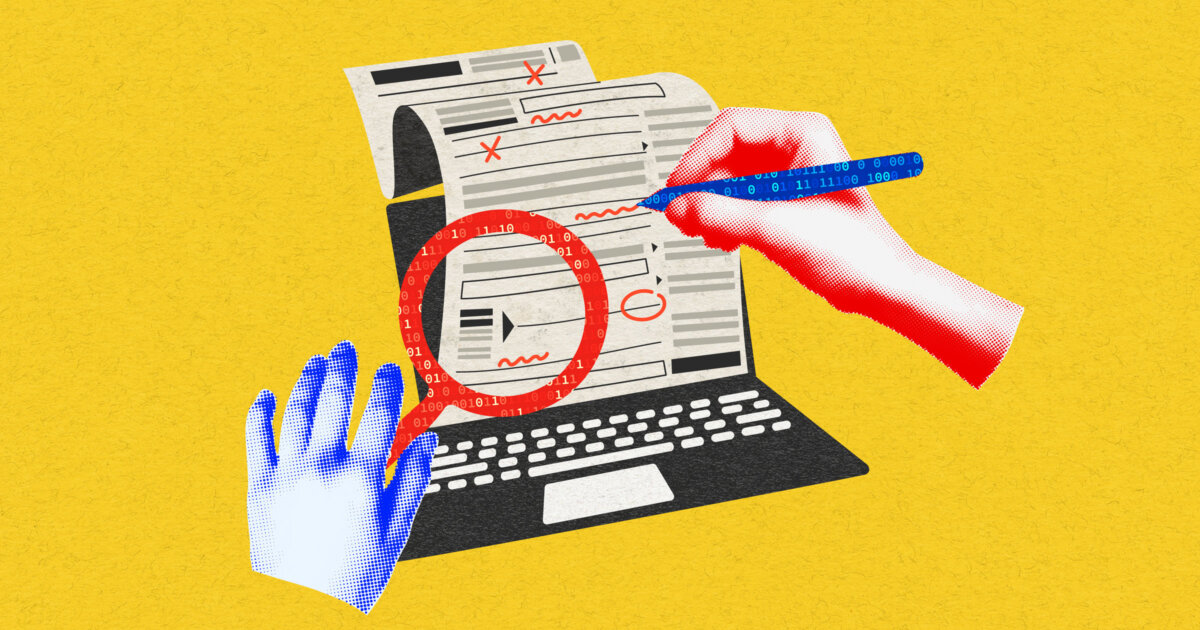




















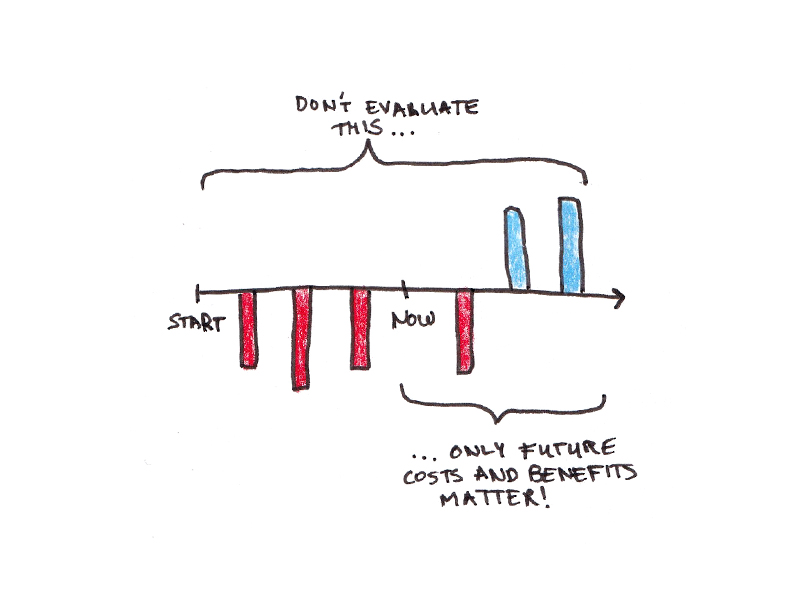

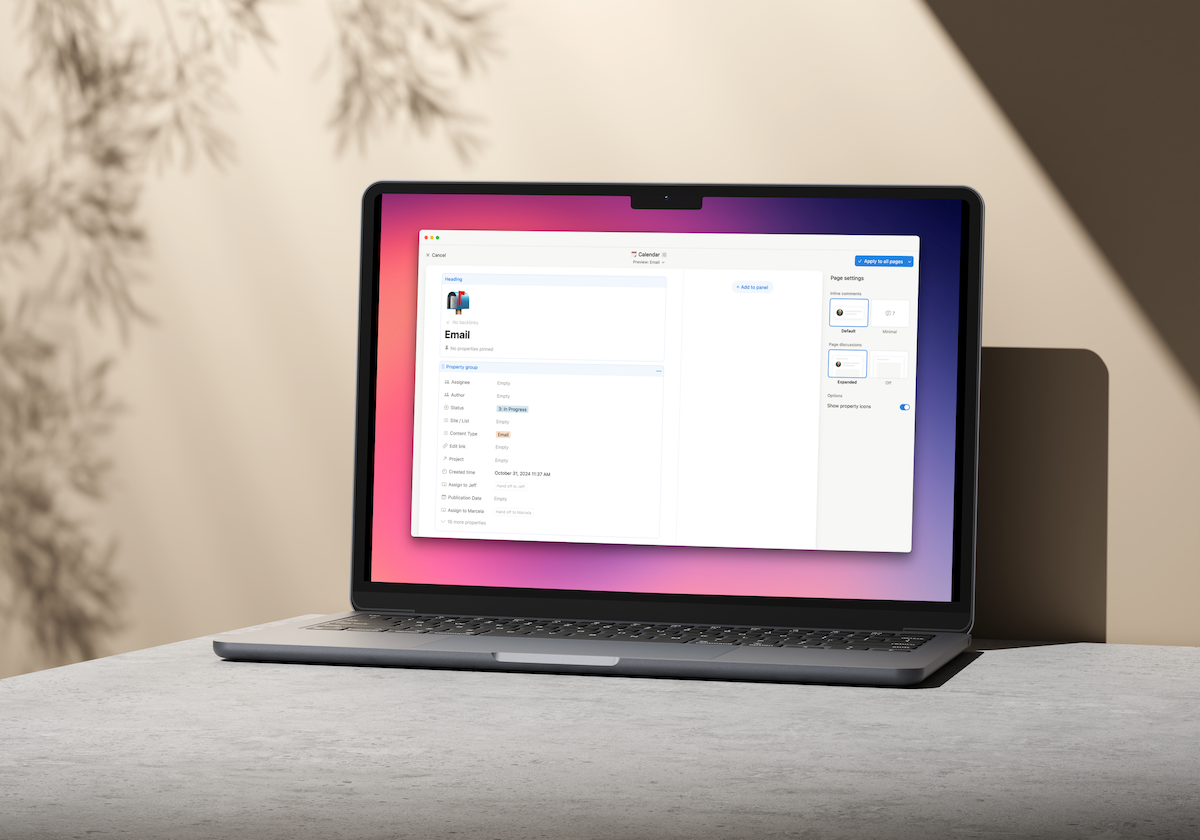








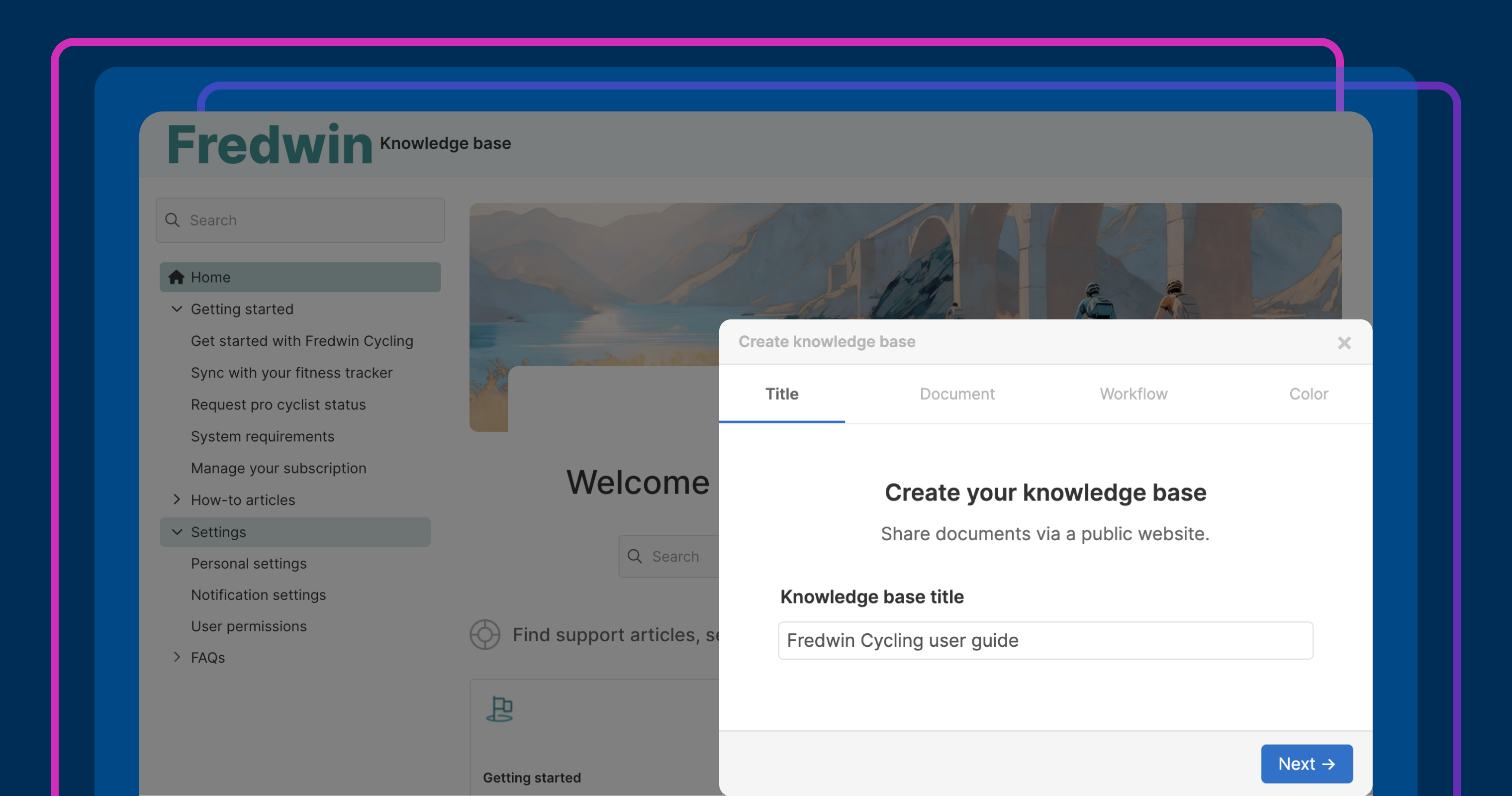

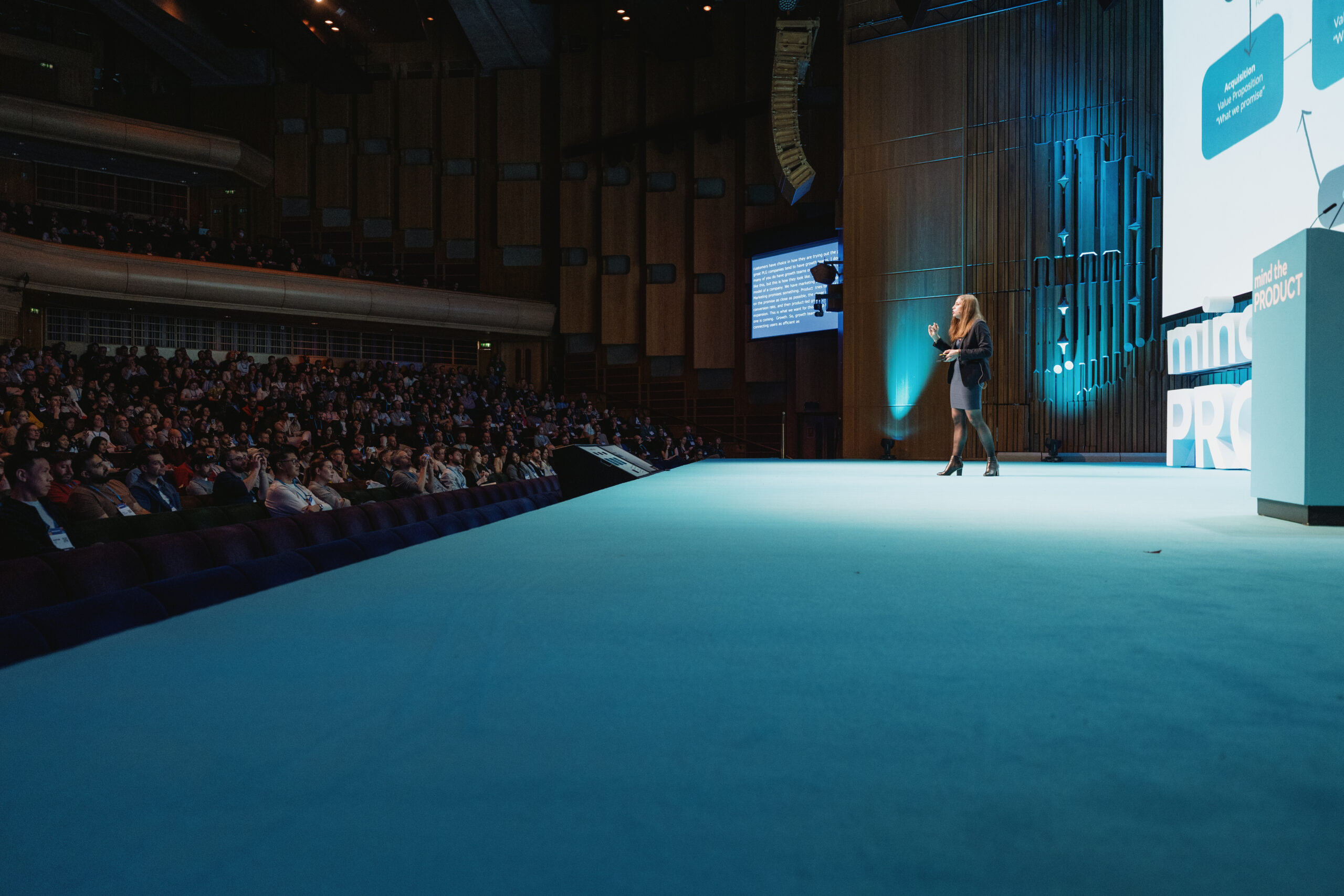




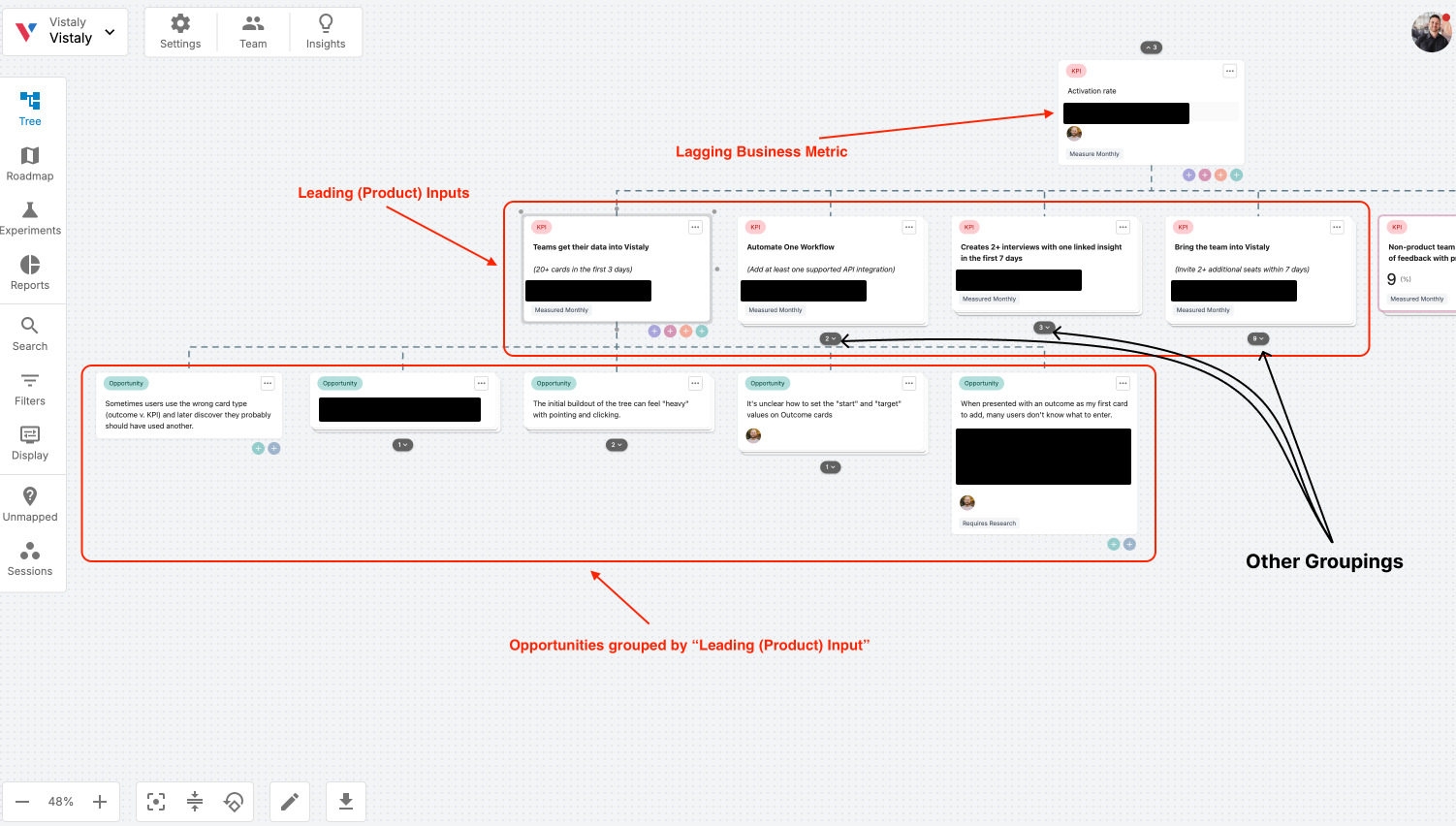
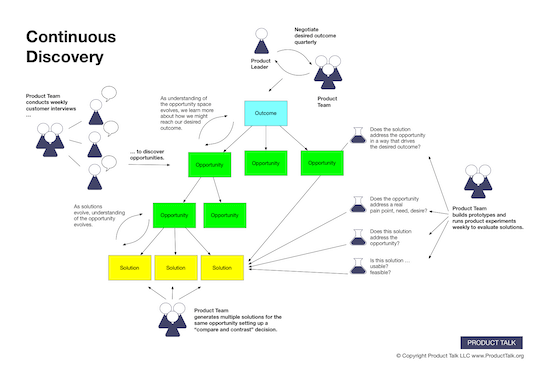










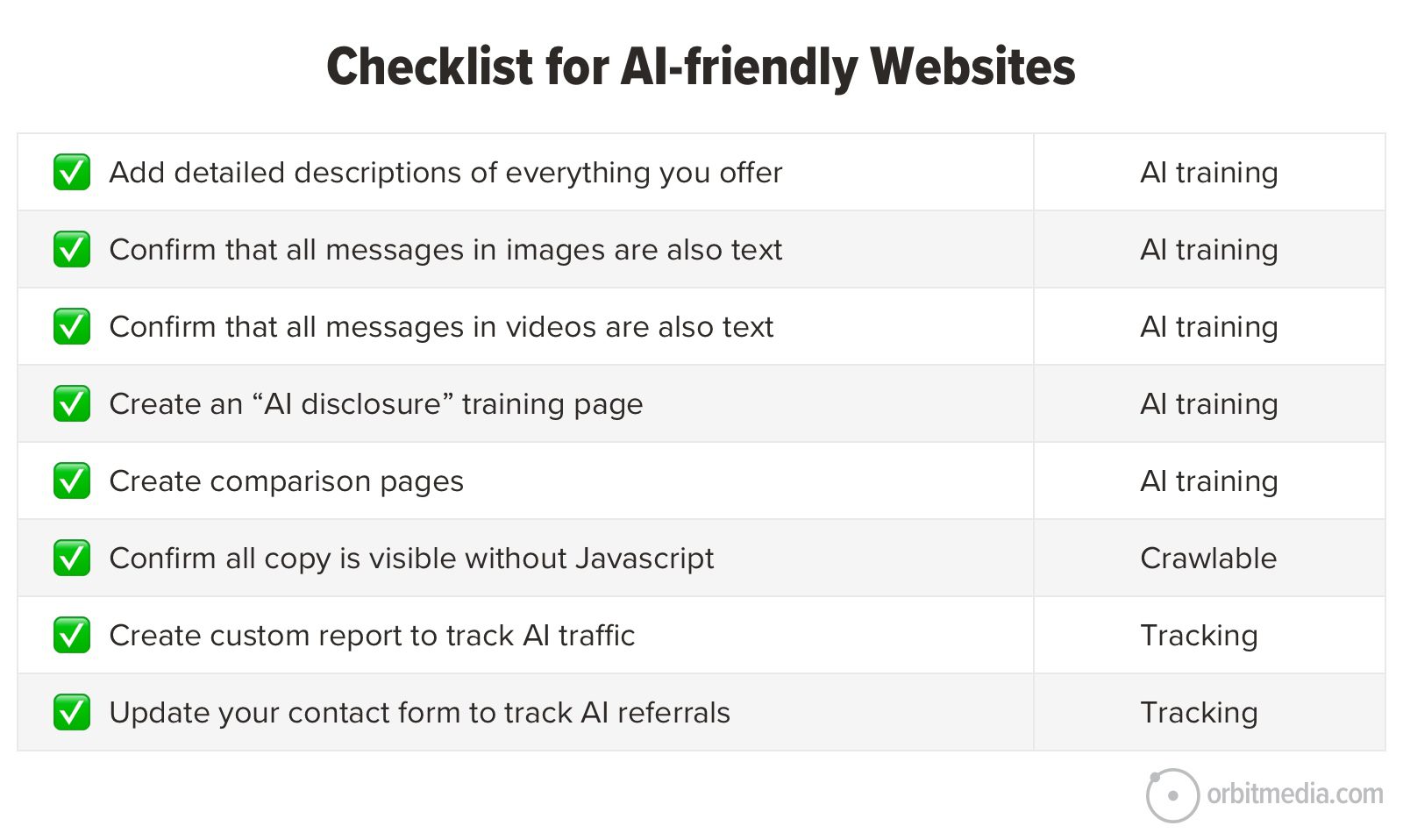



![Building A Digital PR Strategy: 10 Essential Steps for Beginners [With Examples]](https://buzzsumo.com/wp-content/uploads/2023/09/Building-A-Digital-PR-Strategy-10-Essential-Steps-for-Beginners-With-Examples-bblog-masthead.jpg)



![How One Brand Solved the Marketing Attribution Puzzle [Video]](https://contentmarketinginstitute.com/wp-content/uploads/2025/03/marketing-attribution-model-600x338.png?#)





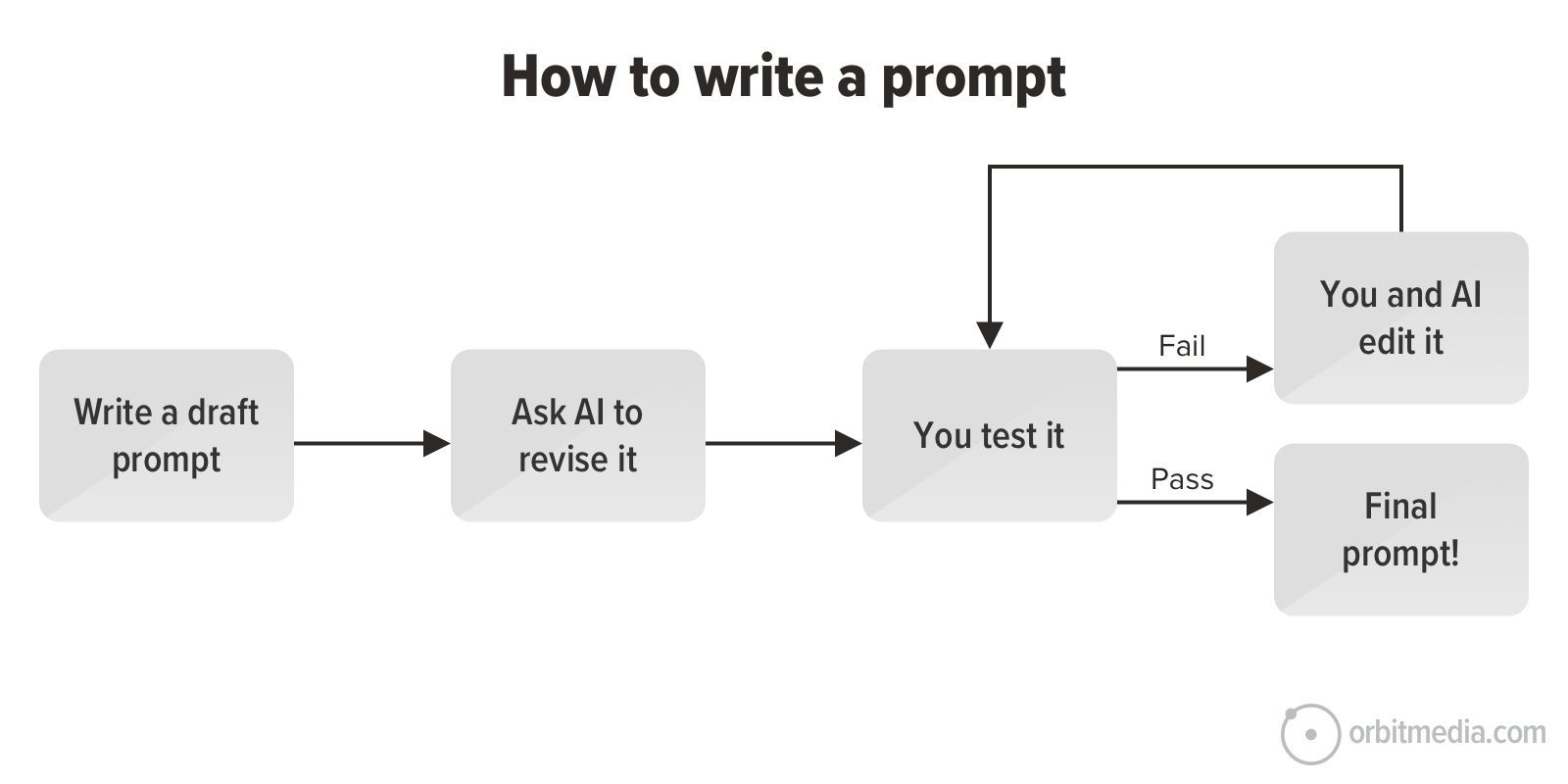
![How to Use GA4 to Track Social Media Traffic: 6 Questions, Answers and Insights [VIDEO]](https://www.orbitmedia.com/wp-content/uploads/2023/06/ab-testing.png)








![[Hybrid] Graphic Designer in Malaysia](https://a5.behance.net/920d3ca46151f30e69b60159b53d15e34fb20338/img/site/generic-share.png)






















